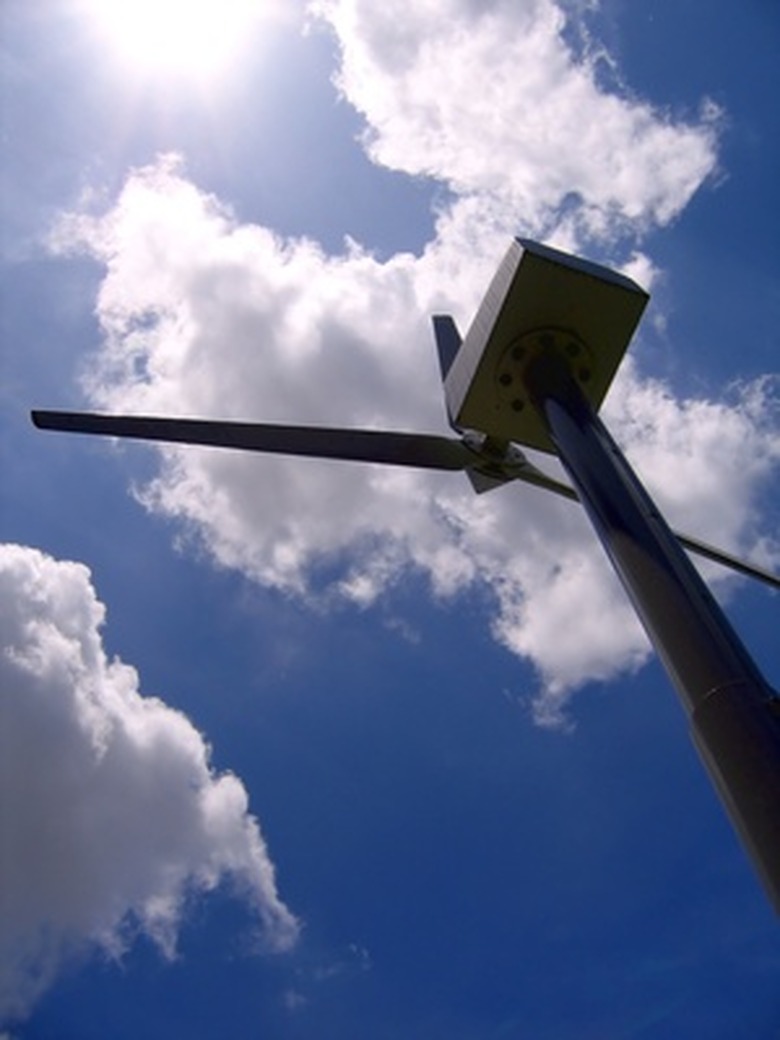Basic Materials Used In An Electrical Generator
Generators are machines that convert mechanical energy into electrical energy. The mechanical energy can be falling water, steam pressure or wind power. The electricity can be either Alternating Current (AC) or Direct Current (DC). The basic principle of the generator was discovered in 1820. The basic parts of a generator are wire, magnets and a rotating axis. When a wire is moved through a magnetic field, it causes the electrons in the wire to flow.
The Rotor
The Rotor
The rotor is the central axis of the generator–it is the part that turns. Some form of mechanical energy turns the rotor to generate the electricity. The rotor is supported at both ends and it is wrapped with continuous loops of a single wire. The wire is usually enameled copper wire–the wire must be insulated so that when the loops of the wound wire touch each other there is no short circuit. Enameling is the cheapest way to insulate the wire and it also provides a thin insulation so the rotor can have the maximum number of windings. The more windings there are, the more electricity will be generated.
The Stator
The Stator
The stator is the fixed part of the generator that surrounds the rotor. The stator provides the magnetic field that will cause the flow of electrons in the wire of the spinning rotor. In larger generators, the magnets in the stator are actually electromagnets–loops of wire around an iron core. The electricity to power the electromagnets comes directly from the rotor. This means that there is an axillary method to power the electromagnets until the rotor starts producing electricity, but this is much better than having the enormous magnets that would be needed to operate a large generator. In small generators–like the generators that are powered by bicycle wheels to provide electricity for bicycle headlights–there are permanent magnets in the stators.
The Rings and Brushes
The Rings and Brushes
Some method must be used to capture the electricity generated in the single wire of the rotor and send it down a pair of wires. The standard way to do this is to attach the ends of the rotor wire to two rings at one end or the rotor. Metal brushes ride on these metal rings, and the output wires from the generator are attached to the two metal brushes. The magnetic field of the stator causes a electric flow in the wire winding of the rotor which causes each ring to become negative and positive in a regular cycle as the rotor passes the north and south poles of the magnetic field. The oscillating positive and negative potentials in the rings is transferred to the brushes and then down the wires. By splitting each ring into two parts and using two wires in the winding, you can insure that the positive potential always goes to the same wire and the negative potential always goes to the other wire. Solid-ring generators produce AC current, and split-ring generators generate DC current.
Cite This Article
MLA
Mano, Carlos. "Basic Materials Used In An Electrical Generator" sciencing.com, https://www.sciencing.com/basic-materials-used-electrical-generator-7615888/. 24 April 2017.
APA
Mano, Carlos. (2017, April 24). Basic Materials Used In An Electrical Generator. sciencing.com. Retrieved from https://www.sciencing.com/basic-materials-used-electrical-generator-7615888/
Chicago
Mano, Carlos. Basic Materials Used In An Electrical Generator last modified March 24, 2022. https://www.sciencing.com/basic-materials-used-electrical-generator-7615888/
